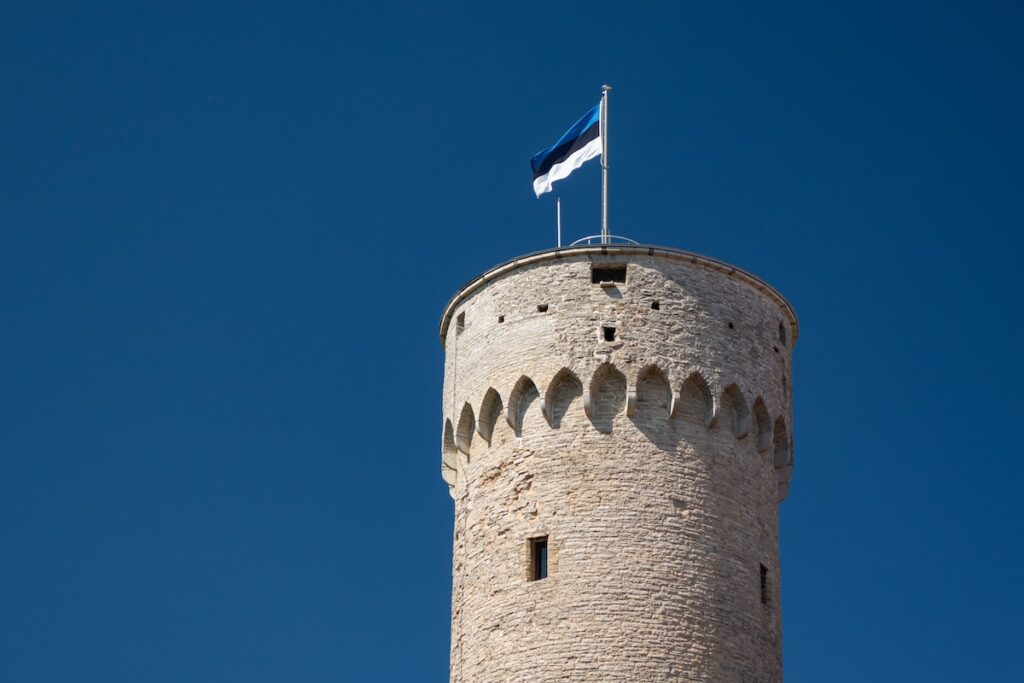Communism was the worst tragedy ever to befall mankind. However, the brave Estonians weathered the storm and, once they had regained control of their destiny, set to work to transform their nation into a thriving and prosperous country.
How did they do it? In a word: with classical liberal reforms and problem-solving innovation.
A little bit of history
In 1940, as a consequence of the infamous pact signed one year before between the Nazis and the Communists, known as the Ribbentrop-Molotov Pact, the Union of Soviet Socialist Republics (USSR) invaded and annexed the Baltic states.
In 1989 many positive changes took place in Estonia, starting with the so-called Baltic Chain, which gathered more than 2 million people through Estonia, Latvia, and Lithuania on the 50th anniversary of the infamous pact. The aim was to denounce it and deny the official Soviet version that the Baltic states had “voluntarily” joined the USSR.
In this context, what later became known as the Singing Revolution also took place, where tens of thousands of people gathered publicly to sing patriotic songs.
Finally, on 20 August 1991 at 11.03 p.m., the Supreme Council of the Republic of Estonia adopted the Resolution on the National Independence of Estonia. Thus, the state that had been proclaimed on 24 February 1918 was restored and Estonia regained its independence.
However, there was much more to regain beyond independence. . . .
As Richard Rahn explains, inflation was at 1,000 percent. Unemployment was at 40 percent. To understand how catastrophic the situation was: Before the Soviet invasion, Estonia and Finland had similar economic situations; however, by 1987, the Finns were 7 times richer per capita than the Estonians.
Just do it!
Mart Laar, who became prime minister at the age of 32 in 1992, did not hesitate for a second to implement deep and radical economic and institutional reforms. His intellectual guides were Milton Friedman’s book Free to choose and Leszec Balcerowicz’s “shock therapy” in Poland.
Under the motto of “just do it!”, Laar’s reforms focused on restoring the rule of law and private property, opening up trade, and fighting corruption head-on.
During his time as prime minister, Laar instituted a flat tax for corporations and individuals. The tax system he helped to establish is proudly pro-business and pro-entrepreneurship. This means, for example, that companies do not pay taxes until the moment they distribute profits. Funds that are reinvested or kept in the company’s accounts are not taxed.
Let’s think of a small start-up or a garage company. In many European countries, these companies must pay taxes just to be able to invoice. Thus, new companies must pay a right to exist fee to the government or be fiscally aborted.
In Estonia, however, this atrocity does not happen. Entrepreneurs who have a hard enough time satisfying consumers in a competitive marketplace at least don’t have to worry about paying the taxman before they have even made a profit, or worse, gained customers.
Consequently, it doesn’t come as a surprise that, according to the Tax Foundation’s International Tax Competitiveness Index 2020, “for the seventh year in a row, Estonia has the best tax code in the OECD.”
What’s more, the Estonians have gradually reduced the income tax rate. Originally set at 25 percent, it was later lowered to 20 percent. The tax revenue, however, has not stopped growing. This is something that should get many of our own politicians in trouble, since they have plunged us into acycle of ever-increasing fiscal voracity by the state and ever-decreasing activity by the private sector.
e-Estonia
Besides the flat tax, another major Estonian achievement is the early adoption of e-government tools.
The Estonian case is so successful that 99 percent of bureaucratic procedures can be done digitally. The only exceptions to this are getting married, getting divorced and registering property.
According to the Estonian government, a digital service is a fully digital end-to-end service with no phone calls, office visits, or physical paperwork.
What is the result of this high level of digitalization?
The Estonian economy (i.e. entrepreneurs, small businessmen, those who are starting a new business, etc.) saves more than 844 years of work time annually. Yes, you read that right: 844 years. A year has 8,760 hours. Estonians accordingly save 7,393,440 hours every year. They can use them to think about new business strategies, consider where to invest, or go on vacation to the Caribbean if they wish.
For perspective, the ability to digitally sign documents alone saves 2 percent of GDP.
Thanks to these e-gov reforms, in Estonia a business can be opened in 18 minutes (a world record holder).
A model for Europe and the world
The achievements of the small mighty nation of Estonia should remind us that successful, pro-business reforms are possible. There is no such thing as an eleventh commandment that says: “European states should be bloated spendaholics.” Change, vitality, and dynamism are still possible in the Old Continent. And to achieve it, what better than to be inspired by the examples of a country that emerged triumphant from the greatest calamity in history: communism.
Happy independence day, Estonia!
* Federico N. Fernández is Executive Director at Somos Innovación (a Latin American pro-innovation alliance) and CEO at We Are Innovation (Somos Innovación’s sister organization for Europe). Federico is Founder and President of Fundación Internacional Bases (Rosario, Argentina) and also the Chairman of the Organizing Committee of the International Conference “The Austrian School of Economics in the 21st Century,” which takes place in Europe and LatAm alternatively.
Source: Medium




